Can Someone Be Religious and Spiritual at the Time: Yes!
Yes, someone can be both religious and spiritual at the same time.
The intersection of religiosity and spirituality is a personal and subjective experience that varies greatly among individuals.
For some, their spirituality is expressed through their commitment to religious traditions, seeing them as pathways to a deeper understanding of the divine or the sacred.
For others, spirituality might be more eclectic, drawing from various religious and philosophical sources to form a unique tapestry of beliefs.
In this way, the blend of being religious and spiritual can be seen as a holistic approach to seeking purpose, understanding, and connection in one’s life.
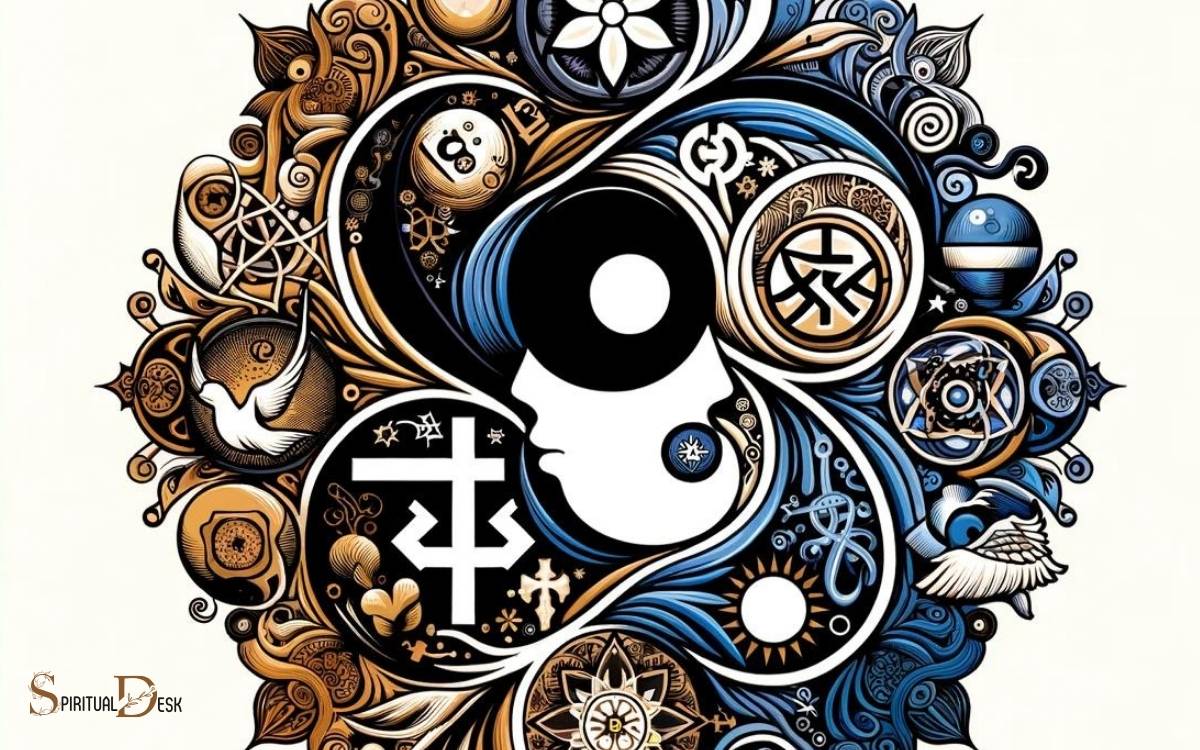
Key Takeaway
Interplay Between Religion and Spirituality
| Aspect | Religious | Spiritual | Both Religious and Spiritual |
|---|---|---|---|
| Belief System | Often adheres to organized doctrines and creeds | Personal, individualistic approach to beliefs | Integrates personal spirituality with religion |
| Practices | Regular participation in rituals and ceremonies | May engage in individual or eclectic practices | Participates in religious rituals with personal spiritual significance |
| Community | Typically part of a community with shared beliefs | May or may not be part of a spiritual community | Part of a religious community but also pursues personal spiritual growth |
| Authority | Often guided by religious leaders or texts | Guided by personal experience and inner feeling | Respects religious authorities while also trusting personal spiritual experiences |
| Purpose | To follow the tenets and traditions of the religion | To seek personal enlightenment and connection | To fulfill religious obligations while seeking personal spiritual development |
| View of the Divine | Defined by religious teachings | Personal and subjective experience of the divine | Combines personal experience with the divine as defined by religious teachings |
Understanding Religion and Spirituality

I find the coexistence of religion and spirituality to be a fascinating confluence of beliefs and practices.
While religion often involves organized rituals and adherence to specific doctrines, spirituality seems to be more personal, focusing on inner peace and connection to something greater than oneself.
Religion provides a framework for understanding the divine and offers a sense of community, while spirituality delves into individual experiences and the pursuit of higher consciousness.
Both can coexist within a person, as one may find solace in religious traditions while also seeking personal growth and enlightenment through spiritual practices.
It�s essential to recognize that individuals navigate their faith in diverse ways, and the interplay between religion and spirituality can be a deeply personal and enriching journey.
Exploring the Differences
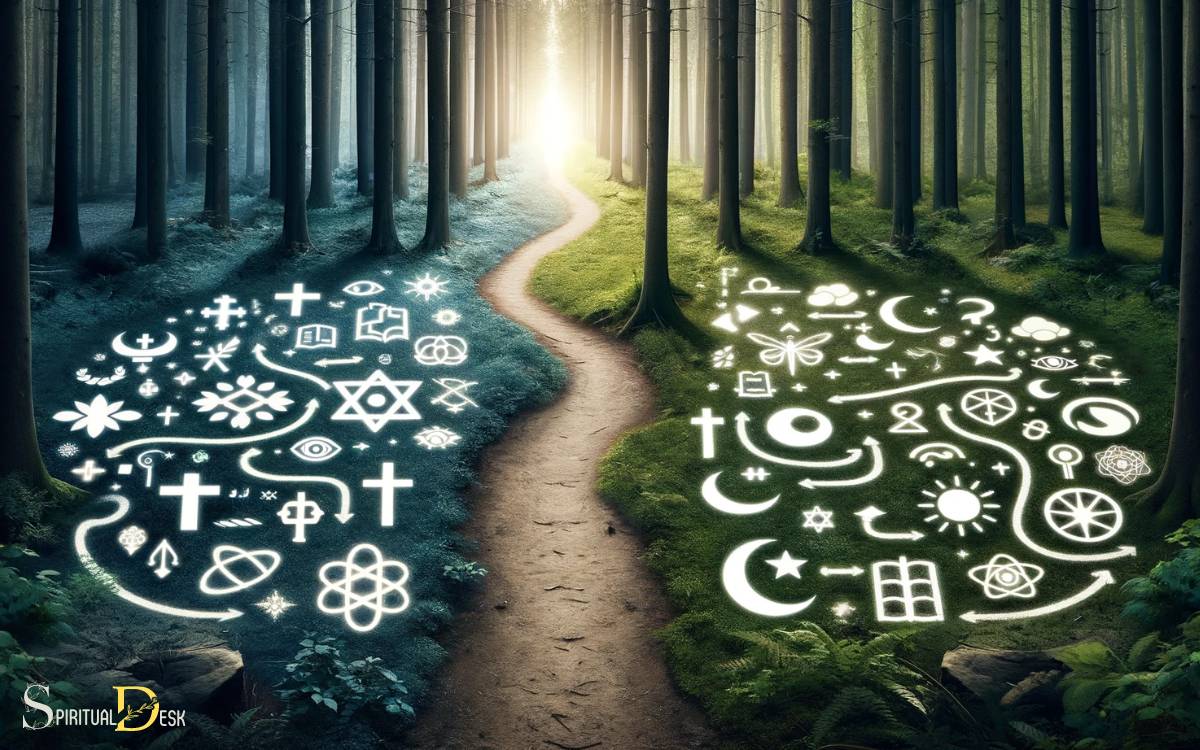
As I consider the differences between religion and spirituality, I find it fascinating to explore the distinct aspects of each. It�s intriguing to examine the personal belief systems that individuals develop within these frameworks and how they shape their perspectives on the world.
Additionally, it�s important to recognize the overlapping values and practices that can exist between the two, and how they contribute to an individual�s overall sense of meaning and purpose.
Religion Vs Spirituality
Exploring the differences between religion and spirituality can provide valuable insights into the diverse ways individuals seek meaning and connection in their lives.
While both religion and spirituality involve beliefs and practices related to the sacred or divine, they differ in several key aspects:
- Institutional vs Personal: Religion often involves organized institutions with specific rituals and dogma, while spirituality is more personal and individualistic.
- Rules and Requirements: Religions typically have prescribed rules and requirements for participation, while spirituality is more flexible and adaptable to personal beliefs.
- Community vs Individual: Religion often emphasizes community and group worship, while spirituality can be a solitary pursuit focused on individual growth and connection.
- Exclusive vs Inclusive: Some religions may claim exclusivity, while spirituality often embraces a more inclusive and universal perspective.
Understanding these distinctions can help individuals navigate their own paths to meaning and connection.
Personal Belief Systems

While examining personal belief systems, it�s important to recognize the diversity and complexity inherent in individual spiritual and religious perspectives.
Personally, I see my religious beliefs as structured around a specific faith tradition, with a set of established doctrines, rituals, and practices.
These beliefs often provide a sense of community, moral guidance, and a framework for understanding the world.
On the other hand, spirituality, for me, is more about an individual�s inner journey, seeking meaning, connection, and transcendence. It�s a deeply personal and subjective experience, often involving meditation, mindfulness, and a quest for inner peace.
While some people may find their spirituality within the confines of organized religion, others may explore it independently.
Understanding and respecting these differences is crucial in appreciating the rich tapestry of personal belief systems.
Overlapping Values and Practices
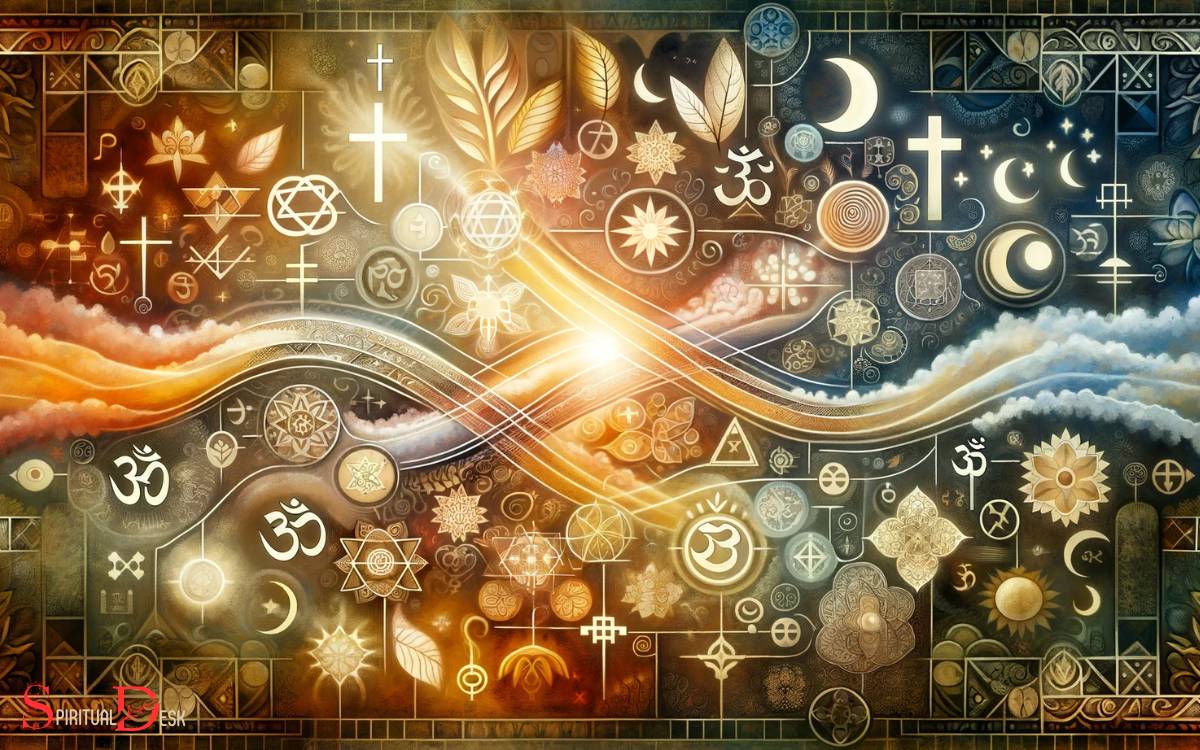
Certainly! Frequently, I find that my religious beliefs and spirituality intersect in meaningful ways, influencing my daily practices and guiding my moral compass.
While there are similarities between the two, there are also differences that shape my understanding and experience of each.
- Shared Values: Both my religious beliefs and spirituality emphasize compassion, kindness, and gratitude.
- Distinct Practices: My religious practices involve structured rituals and ceremonies, while my spirituality is expressed through meditation and personal reflection.
- Community Engagement: Through my religion, I engage with a specific community, while my spirituality is a more personal and individual journey.
- Guidance Source: My religious beliefs provide specific doctrines and teachings, while my spirituality is more fluid and intuitive, drawing from a broader range of sources.
Understanding these overlapping values and practices helps me navigate and appreciate the richness of both my religious and spiritual experiences.
Overlapping Beliefs and Practices
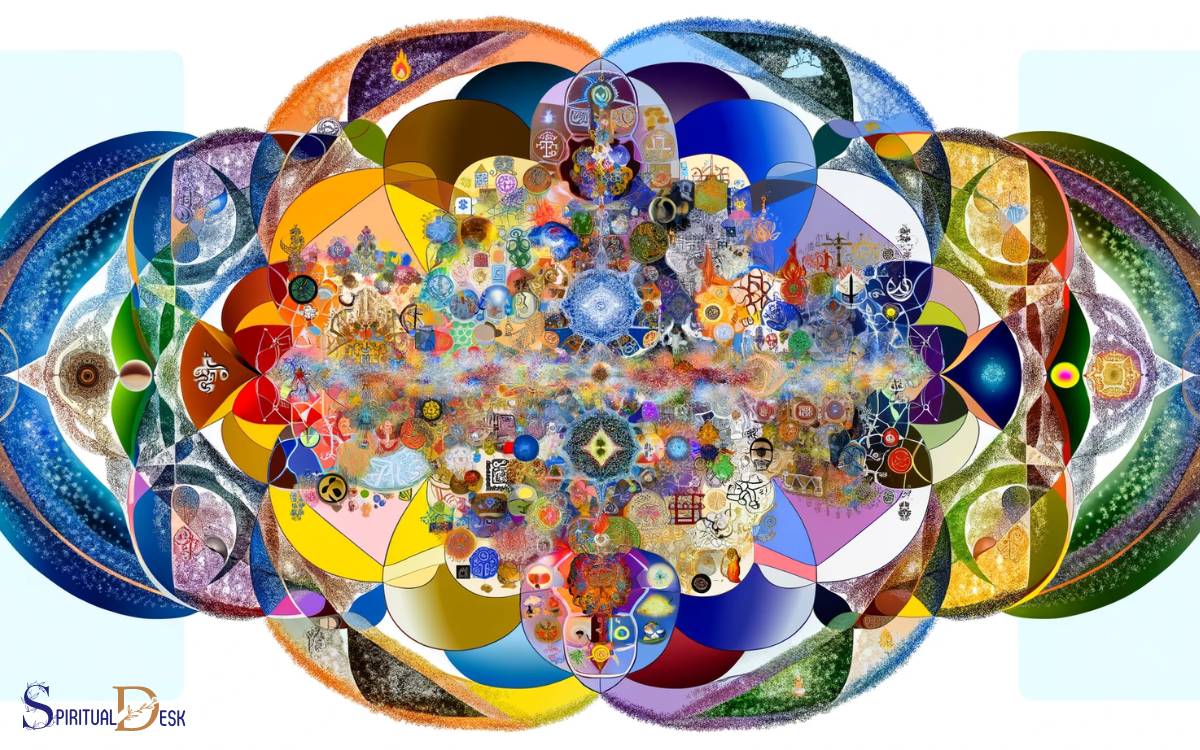
I�ve always found it fascinating how individuals can have shared spiritual values that transcend specific religious boundaries.
There�s a beauty in the connections formed between different faith traditions, creating a sense of unity and understanding.
Additionally, the blending of religious traditions can lead to a rich tapestry of beliefs and practices that enrich one�s spiritual journey.
Shared Spiritual Values
One significant aspect of being both religious and spiritual is the presence of shared spiritual values, where individuals may have overlapping beliefs and practices.
This shared spiritual ground fosters a sense of unity and understanding among people of different religious and spiritual backgrounds. It allows for meaningful connections and collaborations, promoting a sense of harmony and cooperation.
- Respect for All Life: Recognizing the sanctity of all living beings, promoting compassion and empathy.
- Mindfulness and Meditation: Embracing practices that cultivate inner peace, self-reflection, and connection to the divine.
- Service to Others: Engaging in acts of kindness, charity, and community service to uplift and support those in need.
- Seeking Truth and Wisdom: Valuing knowledge, wisdom, and the pursuit of deeper understanding in both spiritual and religious contexts.
Interfaith Connections
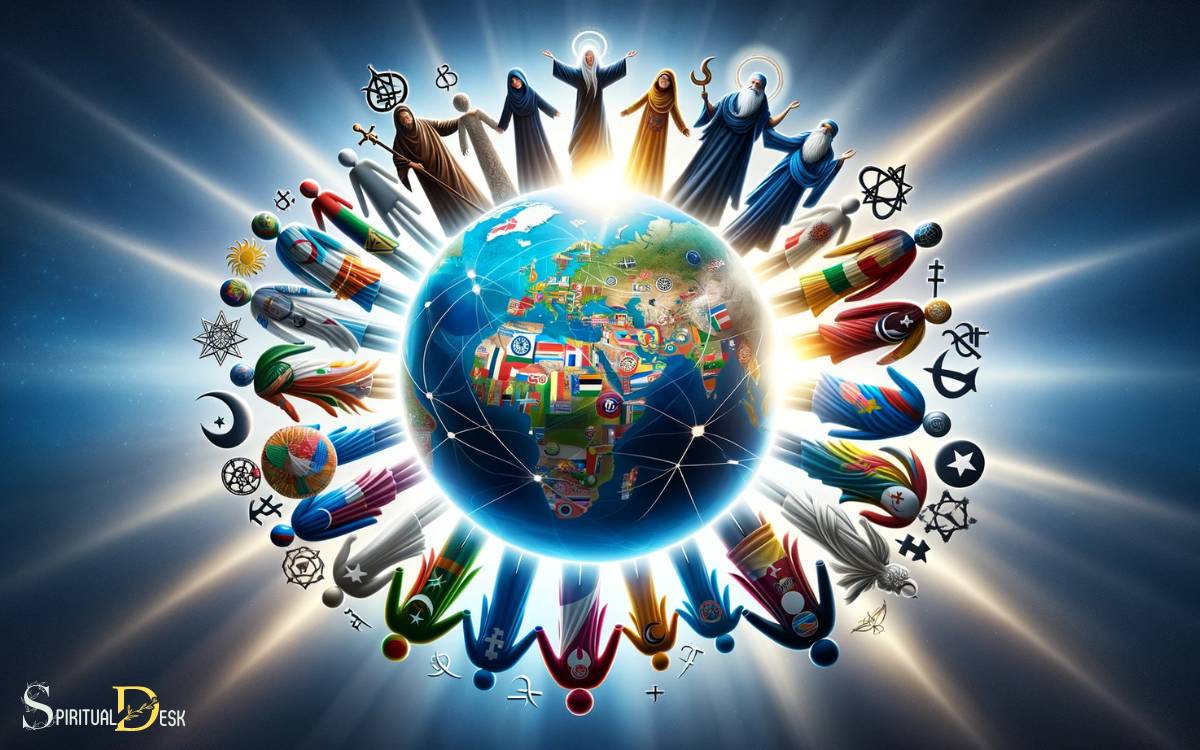
As a religious and spiritual individual, I find that interfaith connections often center around the discovery of overlapping beliefs and practices, fostering a sense of unity and understanding among diverse spiritual traditions.
When engaging in interfaith dialogue, I�ve noticed that many faiths share common values such as compassion, love, and the pursuit of inner peace.
For example, the concept of loving one�s neighbor is found in Christianity, Islam, and Judaism. Additionally, the practice of meditation is prevalent in Buddhism, Hinduism, and certain sects of Christianity.
These shared beliefs and practices serve as a bridge, connecting people from different religious backgrounds and creating opportunities for meaningful discussions and collaborations.
By acknowledging and appreciating these commonalities, individuals from various faiths can come together in mutual respect and understanding.
Blending Religious Traditions
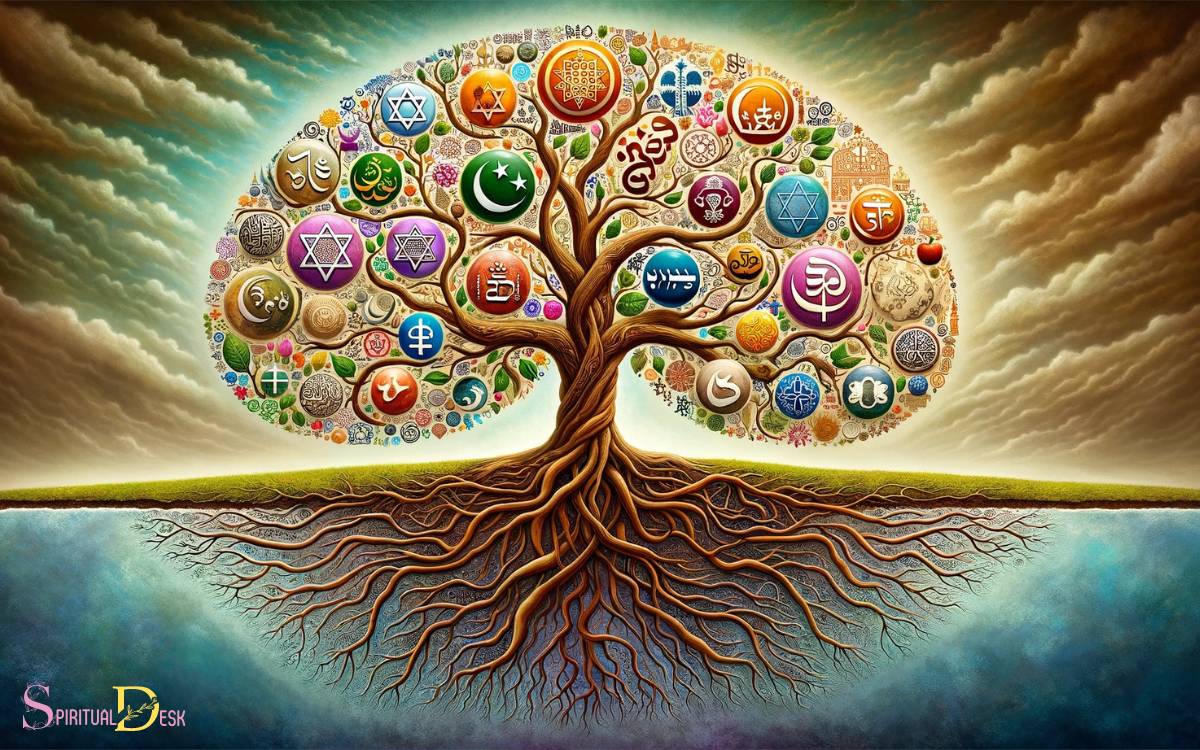
In my experience, blending religious traditions occurs through the recognition and incorporation of overlapping beliefs and practices. It�s a delicate balance that requires respect, understanding, and open-mindedness.
Here are some ways in which blending religious traditions can be achieved:
- Open Dialogue: Encouraging open and respectful conversations about beliefs and practices fosters understanding and paves the way for blending traditions.
- Respect for Differences: Acknowledging and respecting the unique aspects of each tradition is crucial in creating a harmonious blend.
- Finding Common Ground: Identifying shared values and principles can serve as a foundation for integrating beliefs and practices from different traditions.
- Personal Reflection: Engaging in introspection and self-discovery helps individuals understand how they can authentically blend traditions in their own spiritual journey.
Blending religious traditions requires a willingness to embrace diversity and find commonality amidst differences.
Personal Journey of Faith
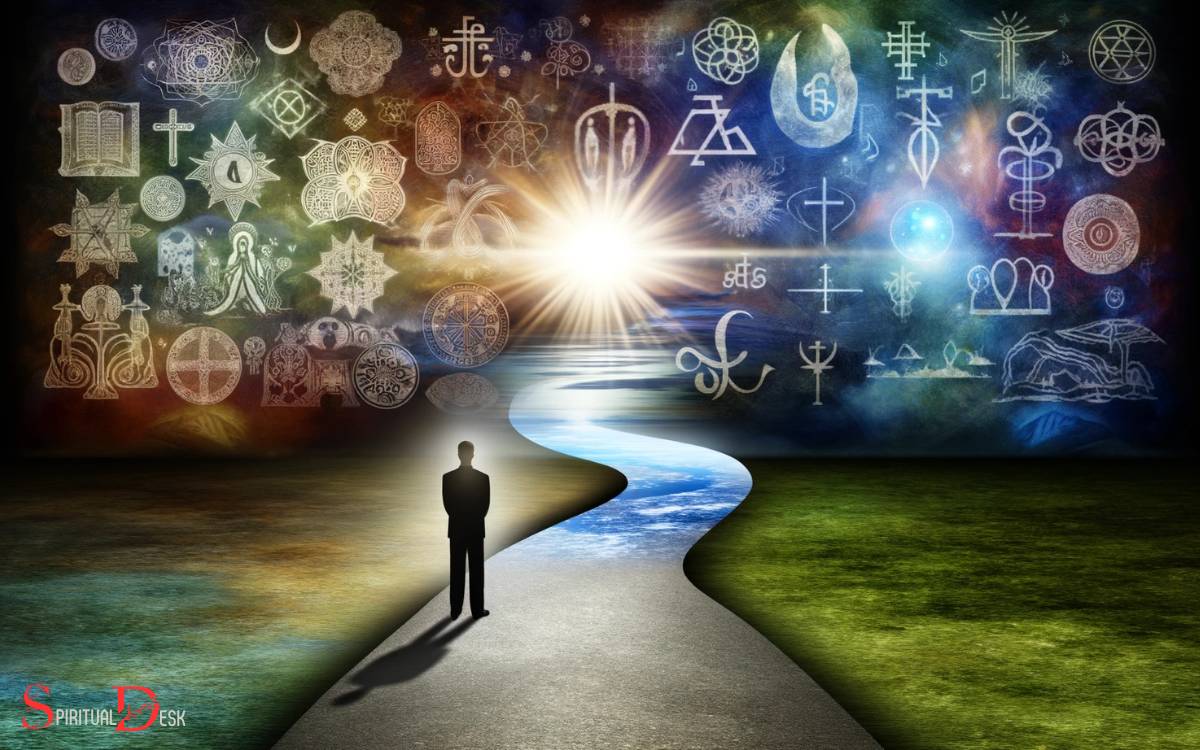
Through my own experiences and reflections, I have come to understand that my personal journey of faith is deeply intertwined with my relationships with others.
It�s not just about individual beliefs and practices, but also about how those beliefs and practices manifest in my interactions with the world around me.
My faith is shaped by the love, compassion, and understanding I extend to others, as well as the support and guidance I receive from my community.
It�s in the shared moments of joy, sorrow, and growth that I truly feel the presence of something greater than myself.
My journey of faith is a continuous process of learning, unlearning, and evolving, and it�s through my connections with others that I find the strength and inspiration to keep moving forward on this path.
Integrating Rituals and Inner Growth
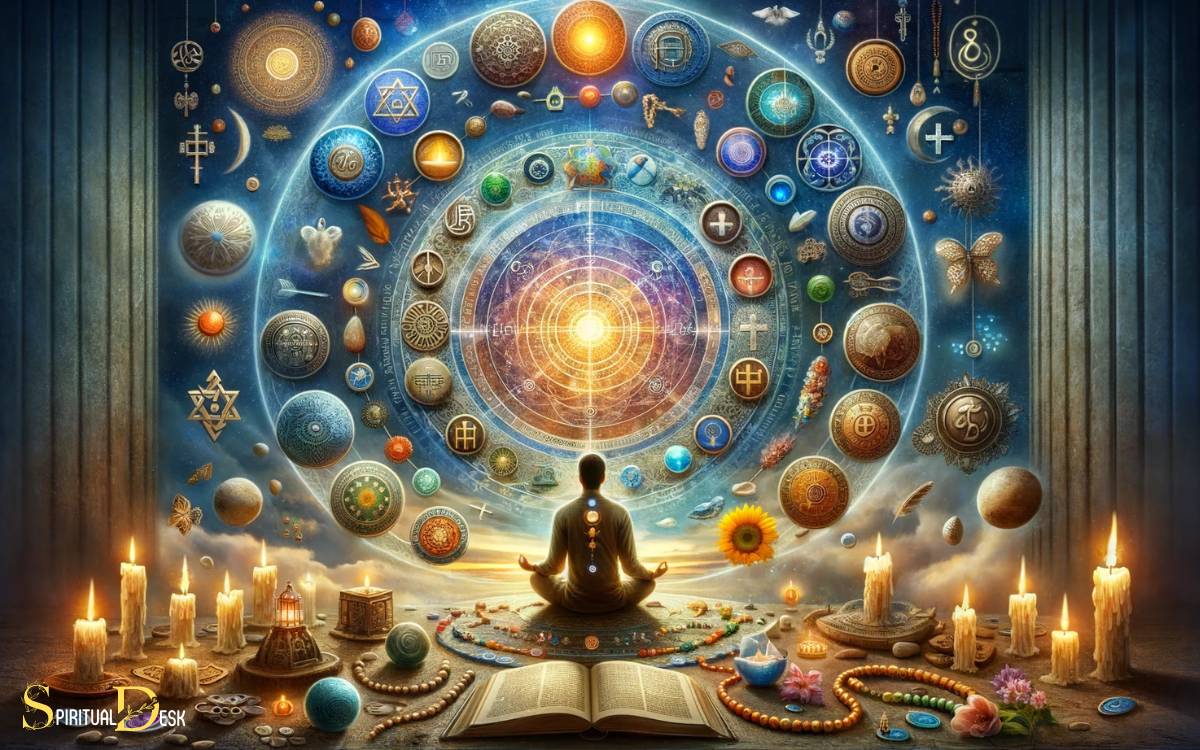
I find that integrating rituals into my daily life fosters inner growth and deepens my spiritual connection. It�s not about mindlessly following traditions, but rather about finding meaning and connection in the practices.
Here�s how I�ve experienced the benefits of integrating rituals:
- Mindfulness: Rituals provide a space for mindfulness, allowing me to be fully present in the moment.
- Reflection: Engaging in rituals encourages self-reflection and introspection, fostering personal growth.
- Community: Rituals often involve community participation, creating a sense of belonging and shared experience.
- Transcendence: Through rituals, I�ve found moments of transcendence, where I feel connected to something greater than myself.
These elements have significantly contributed to my inner growth and spiritual development, enriching my daily life and deepening my understanding of faith and spirituality.
Navigating Modern Challenges
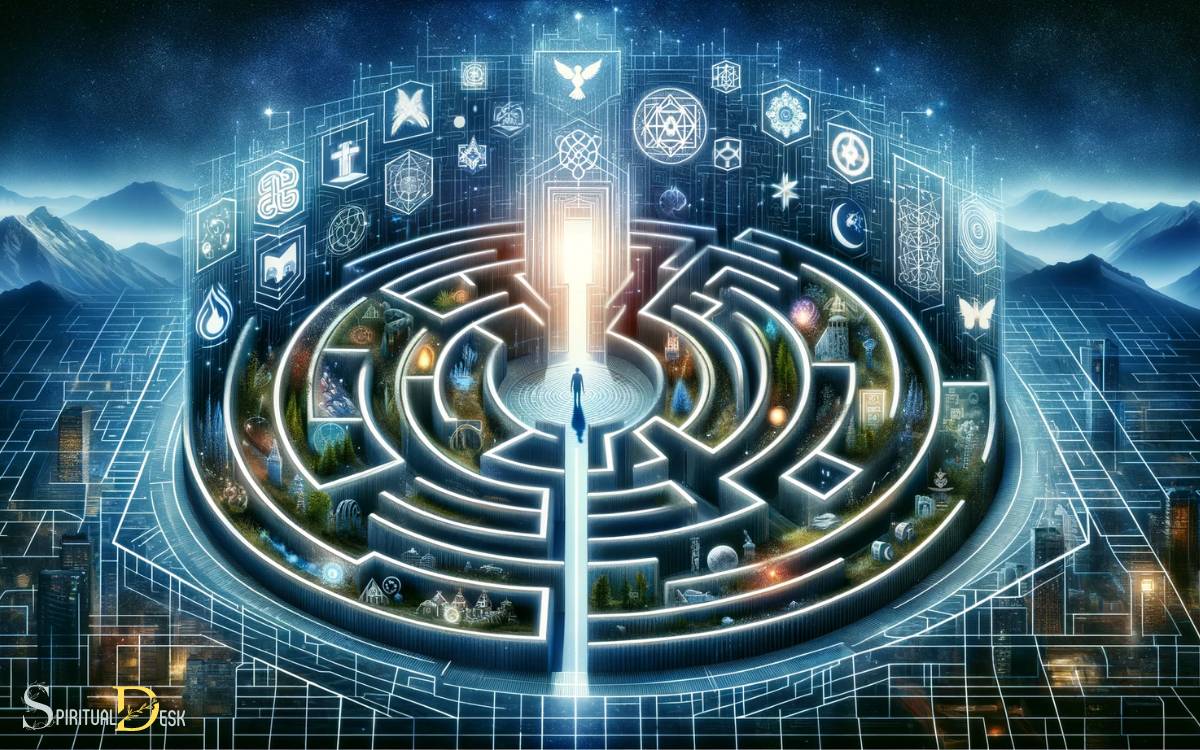
Embracing modern challenges while maintaining religious and spiritual practices has been a journey of adaptation and growth for me.
In today�s fast-paced world, it can be hard to find time for contemplation and connection with our faith.
One of the biggest challenges I�ve faced is the constant bombardment of technology and information, making it difficult to create moments of peace and reflection.
However, I�ve found that integrating technology mindfully, such as using meditation apps or listening to spiritual podcasts, has helped me stay connected to my beliefs amidst the chaos.
Additionally, navigating societal pressures and expectations while staying true to my spiritual path has been an ongoing struggle.
Finding a balance between modern life and spiritual fulfillment requires constant effort, but it�s a journey that has enriched my faith and brought me closer to understanding my place in the world.
Embracing a Holistic Perspective
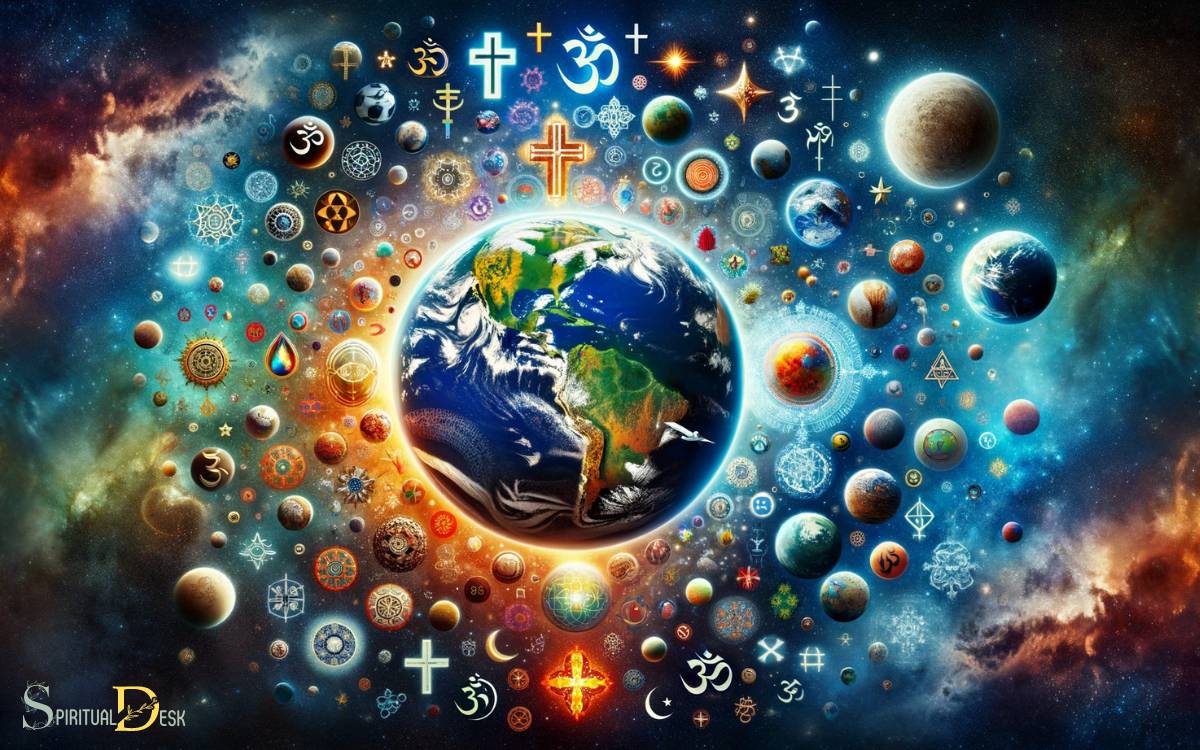
Achieving a holistic perspective involves integrating spiritual beliefs with practical, everyday experiences. It�s about finding harmony and balance between our inner spiritual journey and the external world.
Embracing a holistic perspective requires a willingness to explore new ways of thinking and being.
Here are some key considerations:
- Open-mindedness: Being open to different perspectives and experiences can enhance our understanding of the world and our place in it.
- Mindfulness: Practicing mindfulness allows us to be fully present in each moment, appreciating the beauty and significance of everyday occurrences.
- Compassion: Cultivating compassion towards ourselves and others fosters a deeper connection with the world around us.
- Self-reflection: Taking time for introspection helps us gain insight into our beliefs, behaviors, and their impact on our holistic well-being.
Embracing a holistic perspective enriches our spiritual and practical lives, fostering a deeper sense of fulfillment and understanding.
Conclusion
One can certainly be religious and spiritual at the same time. It�s a personal journey of faith, integrating rituals and inner growth, and navigating modern challenges.
Embracing a holistic perspective allows for overlapping beliefs and practices, ultimately leading to a deep sense of connection and fulfillment.
So, whether it�s through prayer or meditation, both religion and spirituality offer pathways to peace and purpose.






